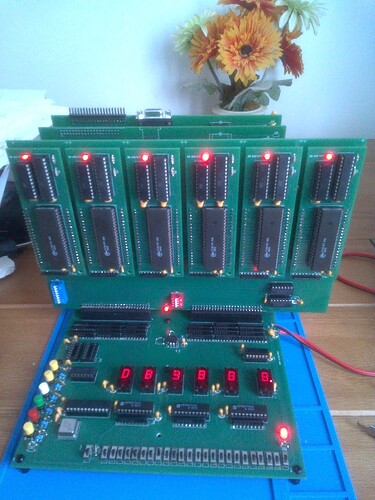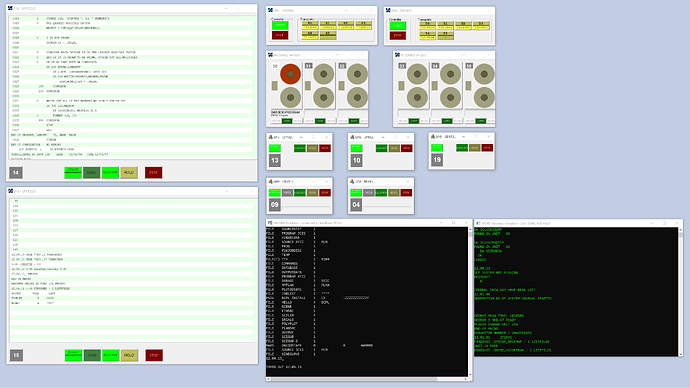I can find a lot general information on the web, but it seems the real information
is hiding. Where are all the books or handouts on how to program it?
maybe have a look around here
Some links in this thread on alt.folklore.computers (which might need wayback machine of course)
(It seems the 2900 could operate in a 1900 mode.)
(As a side note perhaps see Real Machines with 24-bit and 48-bit words)
I see Imp was ported.
Nice story from Wirth about porting Pascal to the 1900 on Hans Otten’s site: Recollections about the Development of Pascal
Several years earlier, attempts had been made to transport the Pascal compiler to other main-frame computers. In these projects no interpreter or intermediate code was used; instead they required the design of new generators of native code. The first of these projects was also the most successful. It was undertaken by J. Welsh and C. Quinn from the Queen’s University at Belfast [Welsh, 1972]. The target was the ICL 1900 computer. The project deserves special mentioning, because it should be considered as one of the earliest, genuinely successful ventures that were later to be called software engineering efforts.
Article here about emulating 1900 series: Emulation: C-ing ahead
My own work (with a colleague, Delwyn Holroyd) has implemented emulation of the ICL1900 system to the extent that we can run the George3 operating system, including its time-sharing feature. This also gives us access to software systems written to run under George3, including the world’s first Algol68 compiler.
Maybe the best source is this
Here are some manuals
and also different emulators.
Maybe also search for ICT 1900 . Or ICL 2900 or the operating systems. But I think there’s not much more. (Even much less for the 2900.) Mainly the EMAS site.
Thank you. Here is my computer , a very simple 24 bit cpu, under debugging from about 1977 using 2901 bit slices and a 2.1 uS core memory cycle. This version uses lots of Cmos 22v10’s and 16V8’s for easy PCB layout. This shows how techology shifted from 1967 to 1977 in size
from Core to 16K drams. About 10 x 7.5 x 9.5 inches. Using period parts it would still be about the
same size.
Perhaps rather than a IBM PC, a ICL PC could have been developed in 1981. ![]()
It is good to see the emulators around. I just wish one had more rugged cpu than a throw
away PI computer. ![]()
Ben.
The site mainframetom mentioned is the best I have come across. The instructions for downloading and installing the hardware emulators is clear and foolproof enough that I managed to have an ICL1904 up and running.
This is what it looks like in action:
On the left we have the two line printers and to right of them:
U40, U50 - two disc-drive controllers with five disc drives each
U30-35 - six tape decks, U30 with a tape mounted
U13 - a card punch
U10 - a paper tape punch
U19 - a graph plotter
U09 - a punched card reader
U04 - a paper tape reader
and below them, a user console and the operator’s console
There’s so much information in the reference manuals that it can be difficult to know where to start but Brian Spoor has written some additional information on the site and I’ve managed to run programs in PLAN assembler, FORTRAN, ALGOL, COBOL and BASIC.
The teaching language CESIL is also available with the original ICL compiler from 1973 - my claim to fame is that I managed to locate the PLAN source code for it and rekey it. The site has more details.
One small complication is that the GEORGE 3 installation was recovered from a real site and so has a couple of problems with one or two of the command scripts - I think it was the FORTRAN compiler and the consolidator (what ICL called the linker) - that needed a couple of tiny edits to remove typos.

